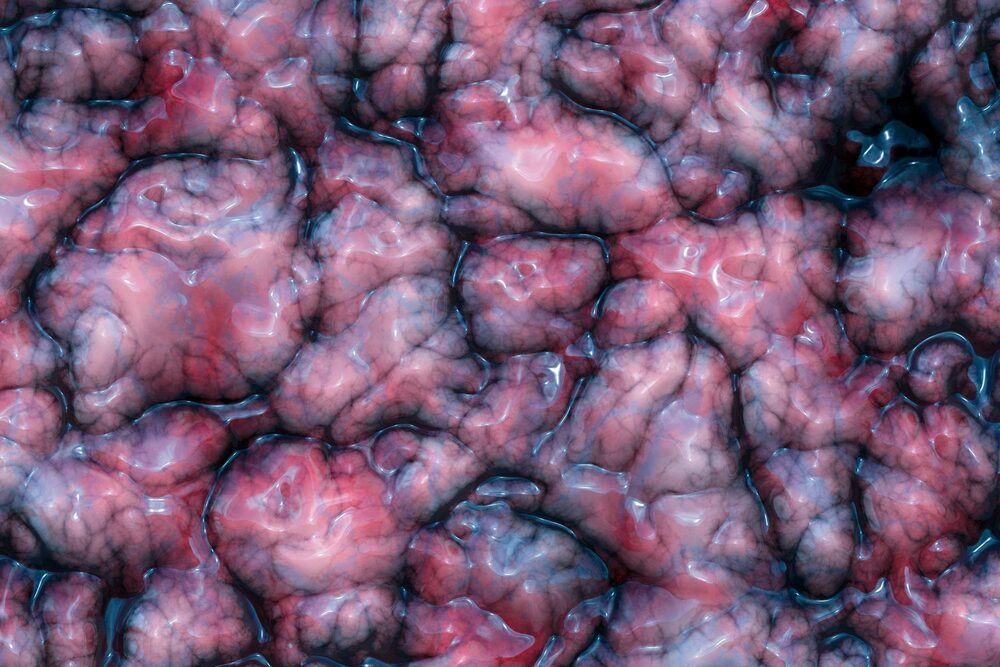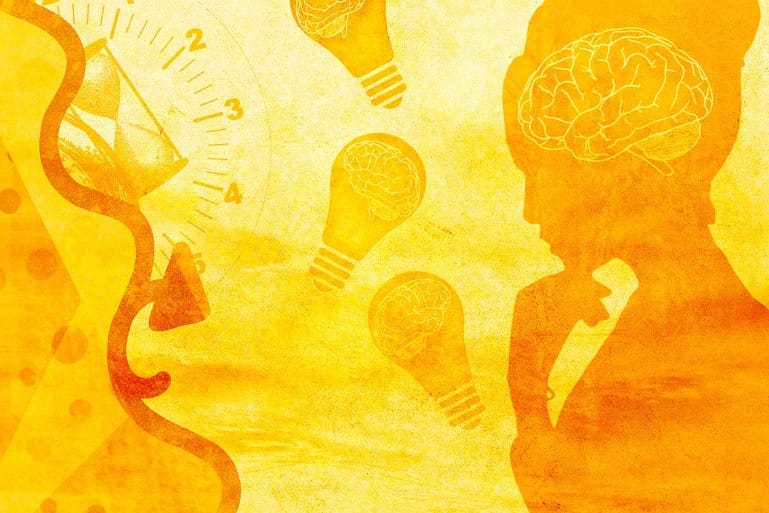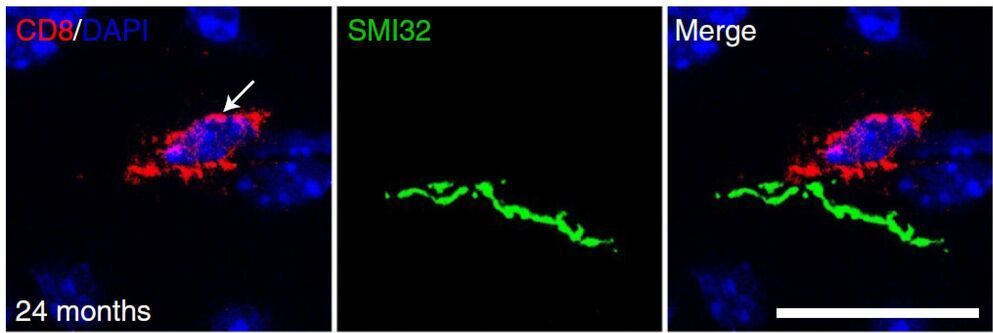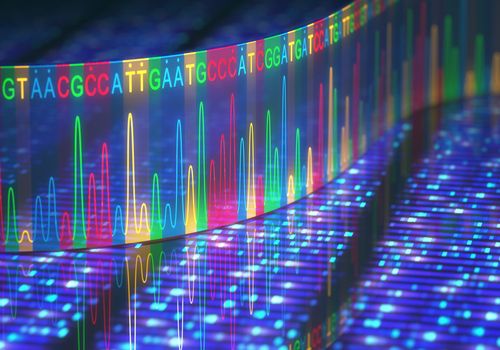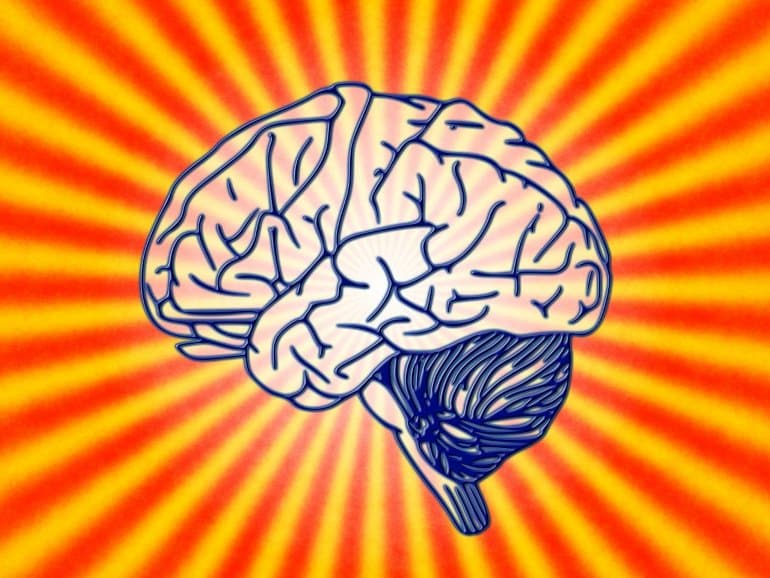I believe that schizophrenia although an illness could be a quantum sense in the quantum realm essentially feeling different dimensions which still remain unknown. The minds developed by the military in different projects like the stranger things series is an example of such a wild reality we live in and how interesting dimensions beyond ours touch our reality.
To the average person, most quantum theories sound strange, while others seem downright bizarre. There are many diverse theories that try to explain the intricacies of quantum systems and how our interactions affect them. And, not surprisingly, each approach is supported by its group of well-qualified and well-respected scientists. Here, we’ll take a look at the two most popular quantum interpretations.
Does it seem reasonable that you can alter a quantum system just by looking at it? What about creating multiple universes by merely making a decision? Or what if your mind split because you measured a quantum system?
You might be surprised that all or some of these things might routinely happen millions of times every day without you even realizing it.



